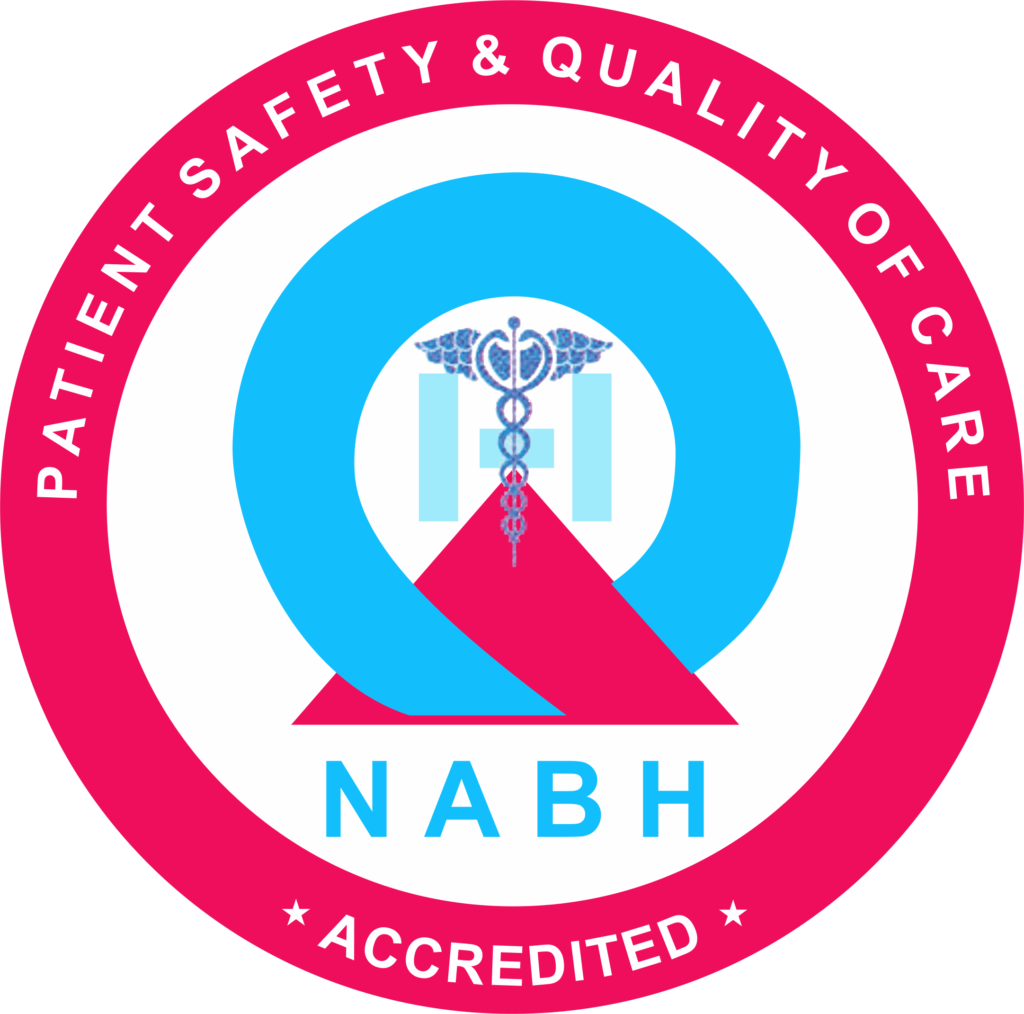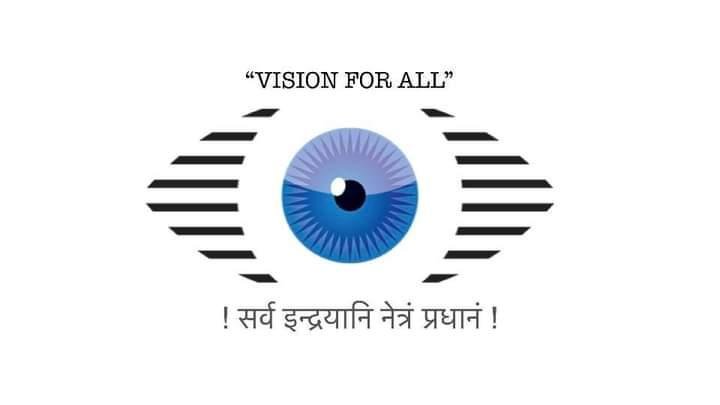Glaucoma
At Dhir Hospital, we provides the best Glaucoma Treatment in Bhiwani, Haryana with experienced Glaucoma Surgeons.
- Home
- Service
- Glaucoma
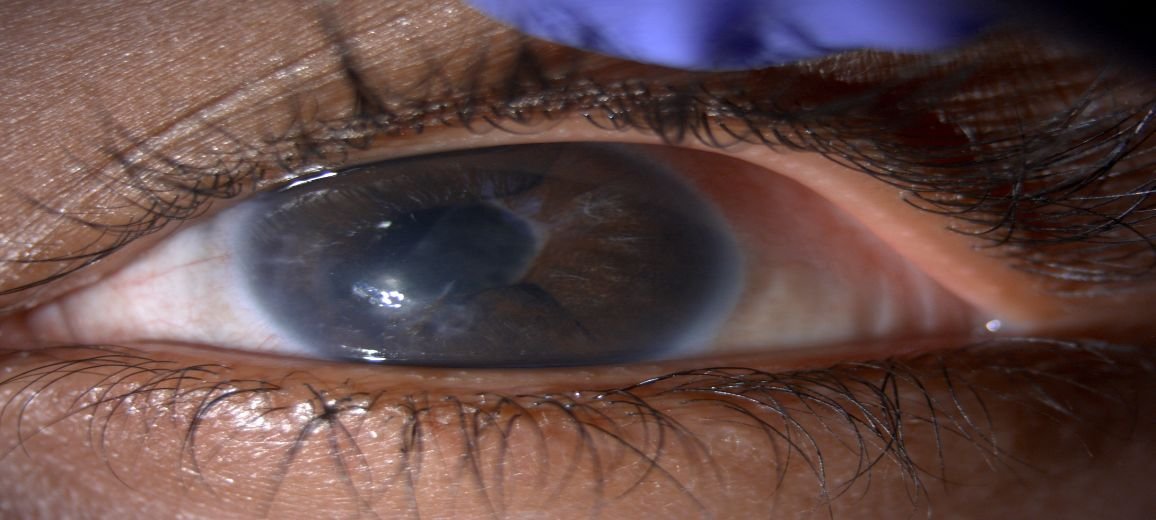
Overview
Glaucoma is a group of eye conditions that harm the optic nerve, which is responsible for sending visual information to the brain. Good vision relies on a healthy optic nerve. While high eye pressure is often linked to glaucoma, it can occur even with normal eye pressure. Though it can affect people of any age, it’s more common in older adults and is a leading cause of blindness in those over 60.
In many cases, glaucoma develops without warning signs, and the impact on vision is gradual, noticeable only in later stages. Regular eye exams, including eye pressure measurements, are crucial. Early detection allows for slowing or preventing vision loss if diagnosed with glaucoma. Ongoing treatment or monitoring is necessary throughout life.
Symptoms
The symptoms of glaucoma can vary depending on the type and stage of the condition:
Open-angle glaucoma
- Early stages may have no noticeable symptoms.
- The gradual development of patchy blind spots in side vision (peripheral vision).
- In advanced stages, difficulty seeing things in central vision.
Acute angle-closure glaucoma
- Severe headache.
- Intense eye pain.
- Nausea or vomiting.
- Blurred vision.
- Seeing halos or colored rings around lights.
- Eye redness.
Normal-tension glaucoma
- Early stages may not show symptoms.
- Gradual onset of blurred vision.
- Advanced stages may involve loss of side vision.
Glaucoma in children
- Dull or cloudy eye in infants.
- Increased blinking in infants.
- Tears without crying in infants.
- Blurred vision.
- Worsening nearsightedness.
- Headache.
Pigmentary glaucoma
- Seeing halos around lights.
- Blurred vision during exercise.
- Gradual loss of side vision.
When to see a doctor
Laser surgery is a treatment option for glaucoma, particularly in open-angle glaucoma. A glaucoma specialist may recommend laser treatment as part of the management plan. Additionally, individuals exploring natural remedies for glaucoma should be aware that laser surgery is a medical intervention. Consulting with a healthcare professional, such as a glaucoma specialist, is essential for personalized advice and appropriate care.
If you experience symptoms that come on suddenly, you may have acute angle-closure glaucoma. Symptoms include severe headache and severe eye pain. You need treatment as soon as possible. Go to an emergency room or call an eye doctor’s (ophthalmologist’s) office immediately.
Causes
Glaucoma occurs when the optic nerve is damaged, leading to blind spots in your vision. The exact cause is often linked to increased eye pressure, known as elevated eye pressure. This pressure builds up due to a fluid called aqueous humor not draining properly through the trabecular meshwork, tissue near the iris and cornea junction. The cornea’s role is crucial for vision as it allows light into the eye. If there’s an imbalance between fluid production and drainage, it can result in elevated eye pressure, contributing to glaucoma. Individuals considering glaucoma laser surgery should consult a glaucoma specialist for guidance.
- Open-angle glaucoma
- Drainage angle between the iris and cornea remains open.
- Other drainage parts may not function properly.
- Gradual increase in eye pressure.
- Angle-closure glaucoma
- Iris bulges, blocking the drainage angle.
- Fluid circulation is obstructed.
- Can occur suddenly or gradually.
- Normal-tension glaucoma
- Optic nerve damage despite normal eye pressure.
- Reduced blood flow or optic nerve sensitivity may be involved.
- Glaucoma in children
- Can be present from birth or develop in the early years.
- Causes include blocked drainage, injury, or medical conditions.
- Pigmentary glaucoma
- Pigment granules from the iris block fluid drainage.
- Activities like jogging can trigger granule release.
- Granule deposits increase eye pressure.
- Genetic link
- Glaucoma tends to run in families.
- Some cases have identified genes linked to high eye pressure and optic nerve damage.
Risk Factors
- Age 55 and Older: More common in individuals 55 and above.
- Ethnic Background: Higher risk for people of Black, Asian, or Hispanic heritage.
- Family History: Increased risk if glaucoma runs in the family.
- Medical Conditions: Diabetes, migraines, high blood pressure, and sickle cell anemia contribute to risk.
- Thin Corneas: Higher risk with thinner central corneas.
- Vision Extremes: Extreme nearsightedness or farsightedness increases risk.
- Eye Trauma or Surgery: Previous eye injury or specific eye surgeries.
- Corticosteroid Use: Prolonged use of corticosteroid medicines, especially in the form of eye drops.
Prevention
- Regular Eye Exams: Schedule comprehensive eye exams every 5-10 years (under 40), 2-4 years (40-54), 1-3 years (55-64), and 1-2 years (65 and older). More frequent screening if at risk.
- Know Your Family History: Understand your family’s eye health history, especially if glaucoma runs in the family.
- Eye Protection: Wear eye protection when using power tools or playing sports to prevent serious eye injuries.
- Use Prescribed Eye Drops: Consistently use glaucoma eye drops as prescribed, even if you experience no symptoms. This helps reduce the risk of high eye pressure progressing to glaucoma.
Diagnosis
Your healthcare provider will review your medical history and conduct a comprehensive eye examination. Your provider may perform several tests, including
- Eye Pressure Measurement: Your provider checks intraocular pressure (tonometry) to assess eye pressure.
- Optic Nerve Examination: Optic nerve damage is evaluated through a dilated eye exam and imaging tests.
- Visual Field Test: A visual field test identifies Areas of vision loss.
- Corneal Thickness Exam: Corneal thickness is measured using pachymetry.
- Drainage Angle Inspection: The drainage angle is inspected through gonioscopy to understand the eye’s fluid drainage.
Treatment
- Eyedrops
- Prostaglandins: Boost fluid outflow, prescribed once daily.
- Beta Blockers: Decrease liquid production, named once or twice daily.
- Alpha-Adrenergic Agonists: Reduce liquid production and enhance outflow, typically named twice daily.
- Carbonic Anhydrase Inhibitors: Lower liquid production, named twice or thrice daily.
- Rho Kinase Inhibitor: Suppresses enzymes, causing fluid increase. It is prescribed once daily.
- Miotic/Cholinergic Agents: Enhance fluid outflow, prescribed up to four times daily.
- Oral Medications
- Carbonic Anhydrase Inhibitors may complement eye drops.
- Potential side effects include frequent urination, tingling, depression, upset stomach, and kidney stones.
- Surgery and Therapies
- Laser Therapy: Laser trabeculoplasty as an alternative to eye drops.
- Filtering Surgery (Trabeculectomy): Creates an opening in the sclera to improve fluid drainage.
- Drainage Tubes: Inserted to drain excess fluid, reducing eye pressure.
- Minimally Invasive Glaucoma Surgery (MIGS): Less invasive, often combined with cataract surgery.
Regular follow-up exams are crucial, and additional procedures may be needed based on changes in eye pressure or conditions.
Lifestyle and Home Tips for Eye Health
- Healthy Diet
- Important for overall health.
- Includes zinc, copper, selenium, and vitamins C, E, and A.
- It doesn’t prevent glaucoma from worsening.
- Exercise:
- Regular exercise may reduce eye pressure.
- Consult your healthcare provider for a suitable program.
- Limit Caffeine:
- Beverages with high Caffeine may increase eye pressure.
- Fluid Intake:
- Consume fluids moderately.
- Downing large amounts can temporarily raise eye pressure.
- Take Prescribed Medicine:
- Follow prescribed eye drops or medicines.
- Proper usage is crucial to achieve optimal results.
Our Related Services
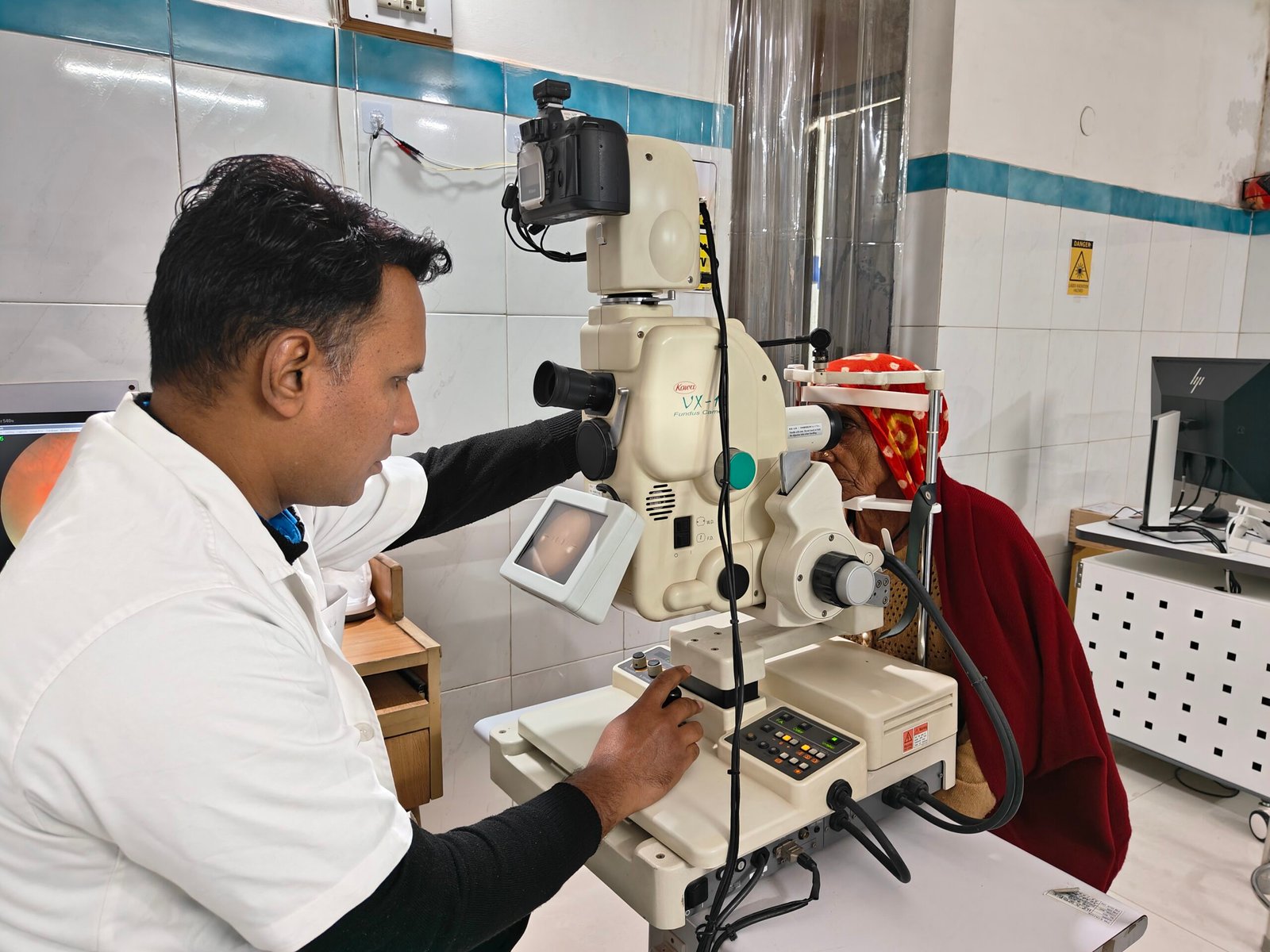
Retina & ROP
At Dhir Hospital, we provide the best Retina & ROP Treatment in Bhiwani, Haryana with experienced Retina Surgeons.
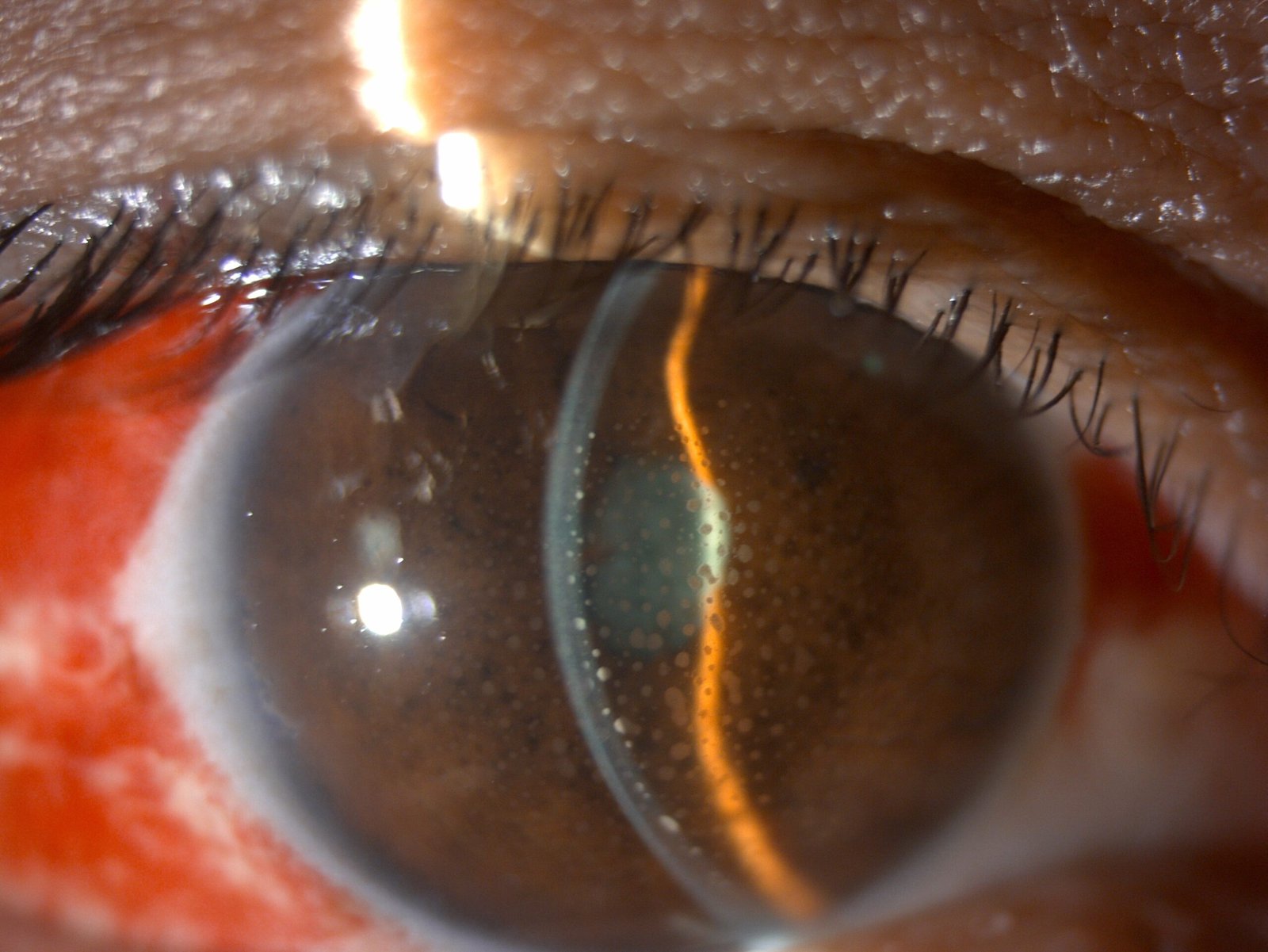
UVEITIS
At Dhir Hospital , we are committed to providing our uveitis patients with advanced quality eye care at affordable prices.
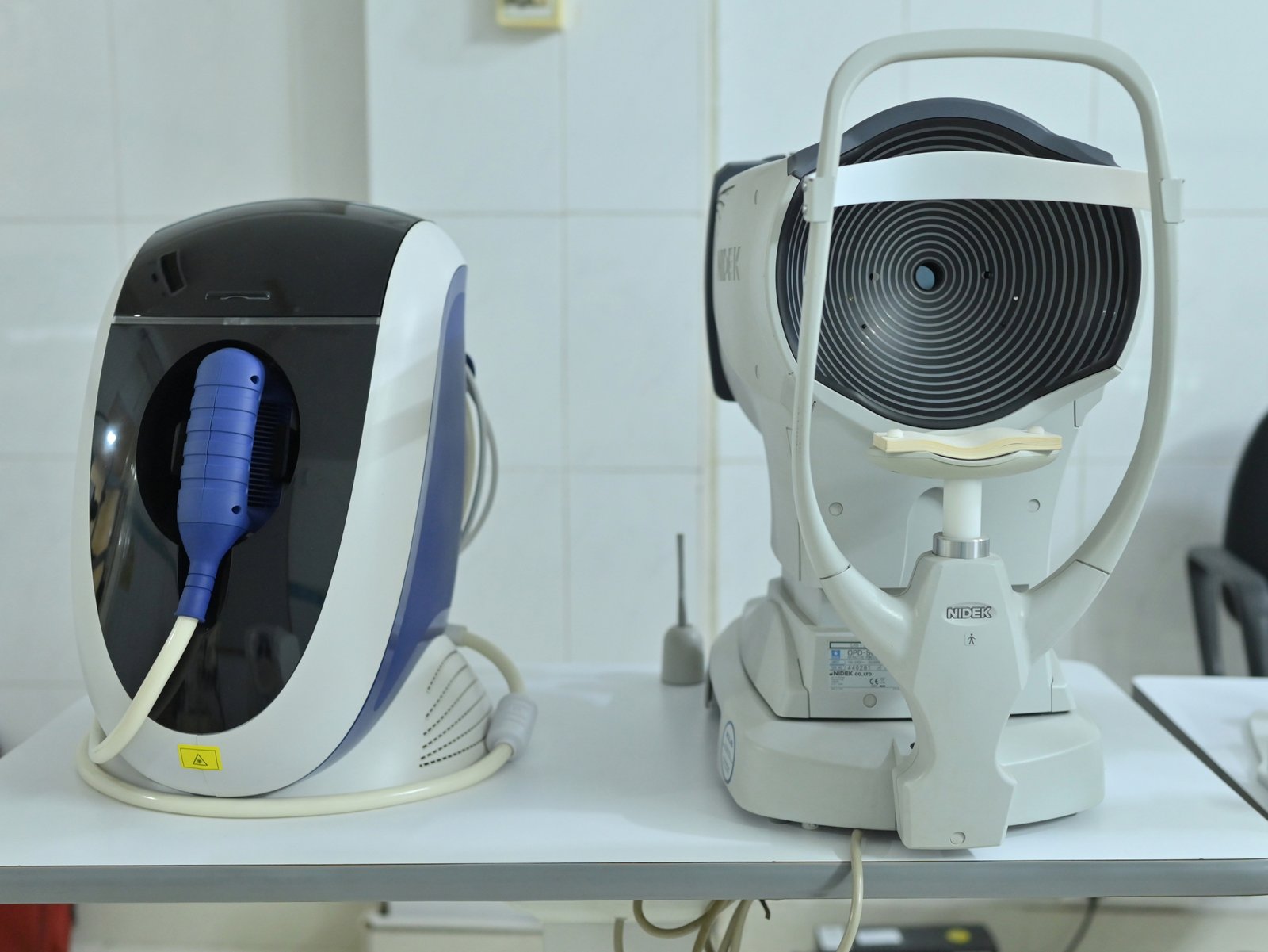
Lasik & Refractive Surgery
Lasik eye surgery is considered one of the best methods for the correction of refractive errors. Contact Dhir Hospital to get treated by the best eye specialists for Lasik and refractive surgery in Bhiwani, Haryana..
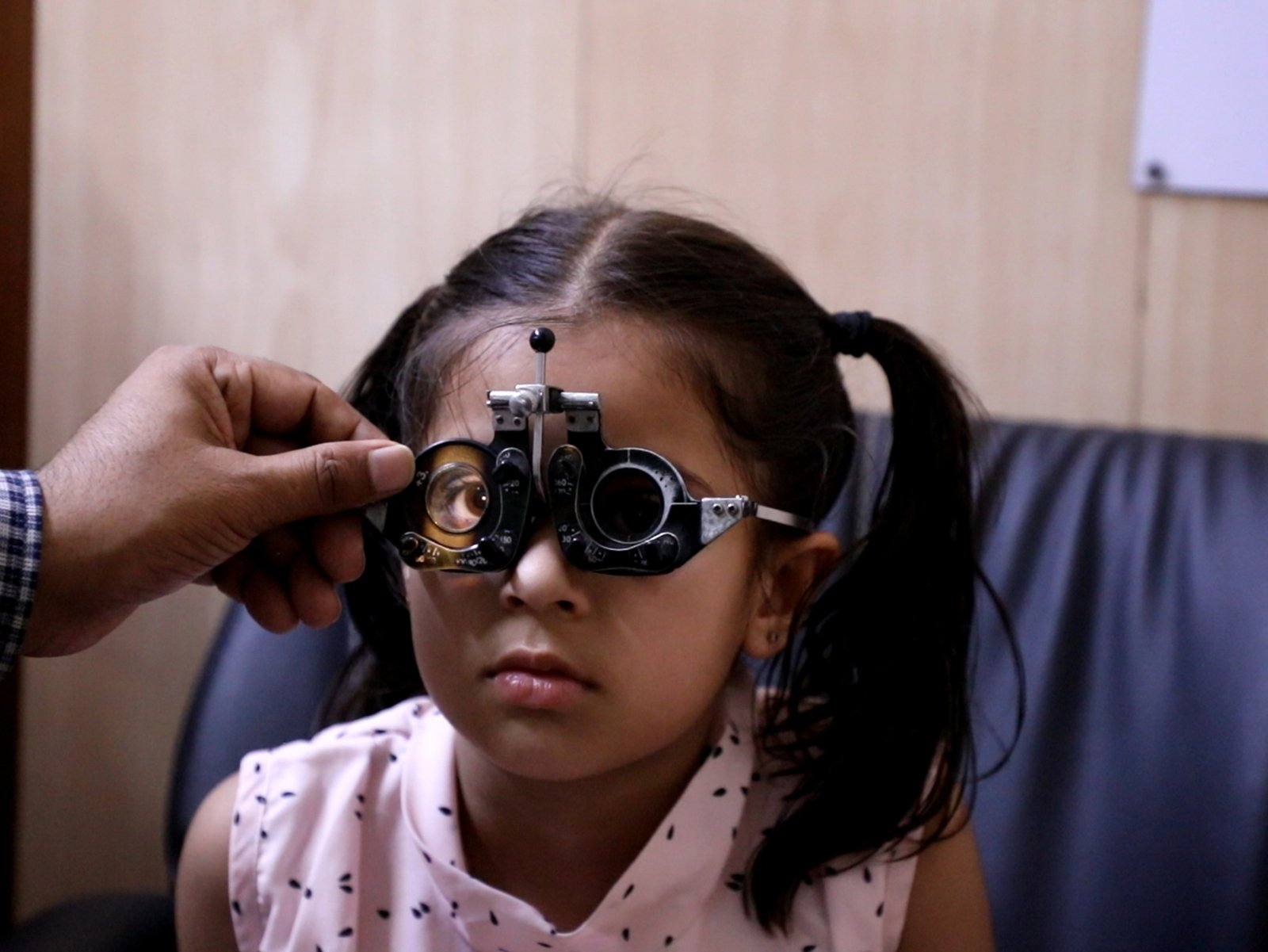
Paediatric Ophthalmology
Dhir Hospital has the best pediatric ophthalmologists in Bhiwani, Haryana to treat ophthalmology disorders in children.
FAQ
Frequently Ask Questions.
Glaucoma can be caused by various factors, but the most common cause is an increase in intraocular pressure (fluid pressure inside the eye). This increase in pressure can damage the optic nerve over time, leading to vision loss. Other factors that can contribute to glaucoma include genetics, age, certain medical conditions, and structural abnormalities in the eye's drainage system. It's important to note that not everyone with high eye pressure will develop glaucoma, and some individuals with normal eye pressure can still develop the condition. Regular eye exams are essential for early detection and managing the risk factors associated with glaucoma.
In order to determine the appropriate treatment method for glaucoma, it is crucial to identify the specific mechanism involved. To diagnose Glaucoma, a thorough and comprehensive eye examination is necessary. Your doctor will conduct the following examinations:
- Slit lamp examination: This involves using a special microscope called a slit lamp, which is like an ophthalmologist's stethoscope. All patients, not just those suspected of having glaucoma, undergo this examination.
- Measurement of intraocular pressure: The pressure inside the eye is measured using an instrument called an 'applanation tonometer' attached to the slit lamp. Multiple readings may be taken throughout the day and night to obtain accurate results. The older method of resting an instrument on the cornea while the patient lies down is not as accurate. Non-contact air puff tonometers may be used for screening purposes but are not suitable for diagnosis or treatment.
- Examination of the angle of the eye: A gonioscope, which is a contact lens placed on the eye, is used to examine the angle of the eye. This step is crucial in determining the type of glaucoma - open angle or angle closure.
- Optic disc examination: The doctor will dilate the pupil with eye drops to examine the optic disc and the retina at the back of the eye. This may be done using a hand-held lens or a contact lens to obtain a stereoscopic view. A computerized scan of the optic disc may also be performed.
- Automated field or perimetry test: This test helps confirm the diagnosis by assessing the field of vision. Damage to the optic nerve can limit the field of vision, which may not be noticeable in regular vision tests. An automated perimetry test is essential for early detection and monitoring of glaucoma. Baseline tests are important for future comparison, and periodic examinations are necessary to track disease progression.
It is crucial to use a calibrated machine with an appropriate normal database for accurate perimetry test results.
In some cases, a diagnosis may not be possible on the first visit. In early stages or uncertain cases, repeating the entire examination after a period of observation may be necessary.
At Dhir Hospital in Bhiwani, Haryanal, we offer comprehensive and personalized treatment options for glaucoma to effectively manage the condition and preserve your vision. Our experienced ophthalmologists and glaucoma specialists utilize advanced techniques and provide the highest standard of care. Here are some of the Glaucoma treatment options available at Dhir Hospital:
- Medications: The initial treatment approach for glaucoma often involves the use of prescription eye drops or oral medications. These medications work to lower intraocular pressure by either reducing the production of fluid in the eye or improving its drainage. Our experts will work closely with you to determine the most suitable medication and provide instructions on proper administration and potential side effects.
- Laser Treatments: We offer various laser treatments for glaucoma, including selective laser trabeculoplasty (SLT) and argon laser trabeculoplasty (ALT). These procedures use lasers to target and improve the drainage system of the eye, allowing better fluid outflow and reducing intraocular pressure. Laser treatments are typically performed on an outpatient basis and are generally safe and effective.
- Minimally Invasive Glaucoma Surgery (MIGS): Dhir Hospital specializes in minimally invasive glaucoma surgery techniques that provide effective long-term pressure reduction with minimal trauma and faster recovery. MIGS procedures, such as trabecular micro-bypass stents or canaloplasty, work by improving the eye's natural drainage system to regulate intraocular pressure.
- Traditional Glaucoma Surgery: In cases where other treatment options are not sufficient, our glaucoma surgeons are skilled in performing traditional glaucoma surgeries like trabeculectomy and tube shunt implantation. These surgeries create new channels for fluid drainage to bypass the blocked or inefficient drainage system, thereby reducing intraocular pressure.
- Ongoing Management and Monitoring: Glaucoma requires regular monitoring and management to ensure its ongoing control. Our team will create a personalized follow-up plan, including regular eye examinations, visual field tests, and optic nerve evaluations, to track the progression of glaucoma and adjust treatment as needed.
At Dhir Hospital, our goal is to provide comprehensive and effective glaucoma treatment while prioritizing the preservation of your vision and overall eye health. We are committed to delivering personalized care and employing the latest advancements in glaucoma management to optimize your outcomes and quality of life.
